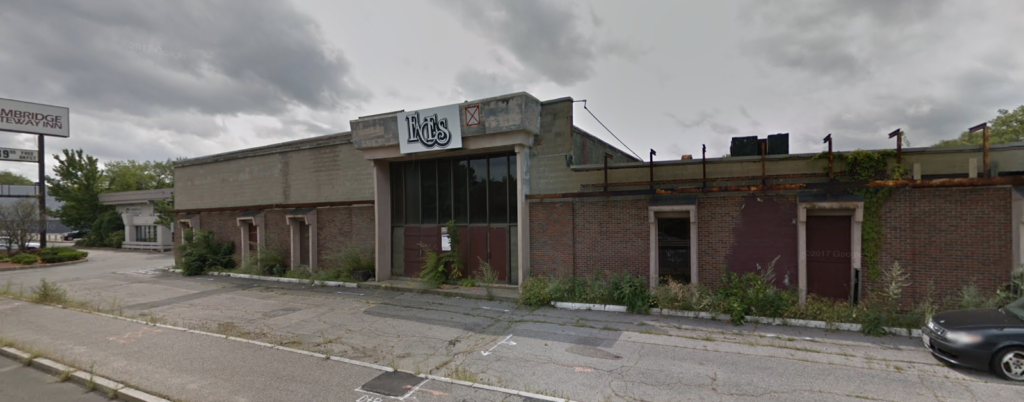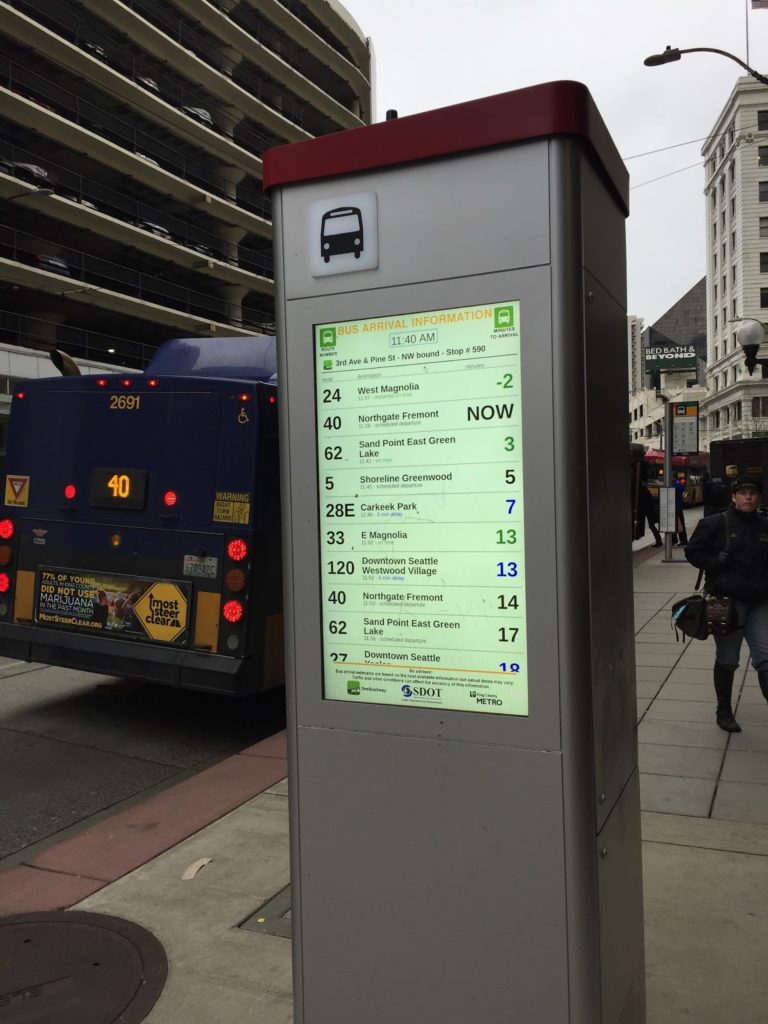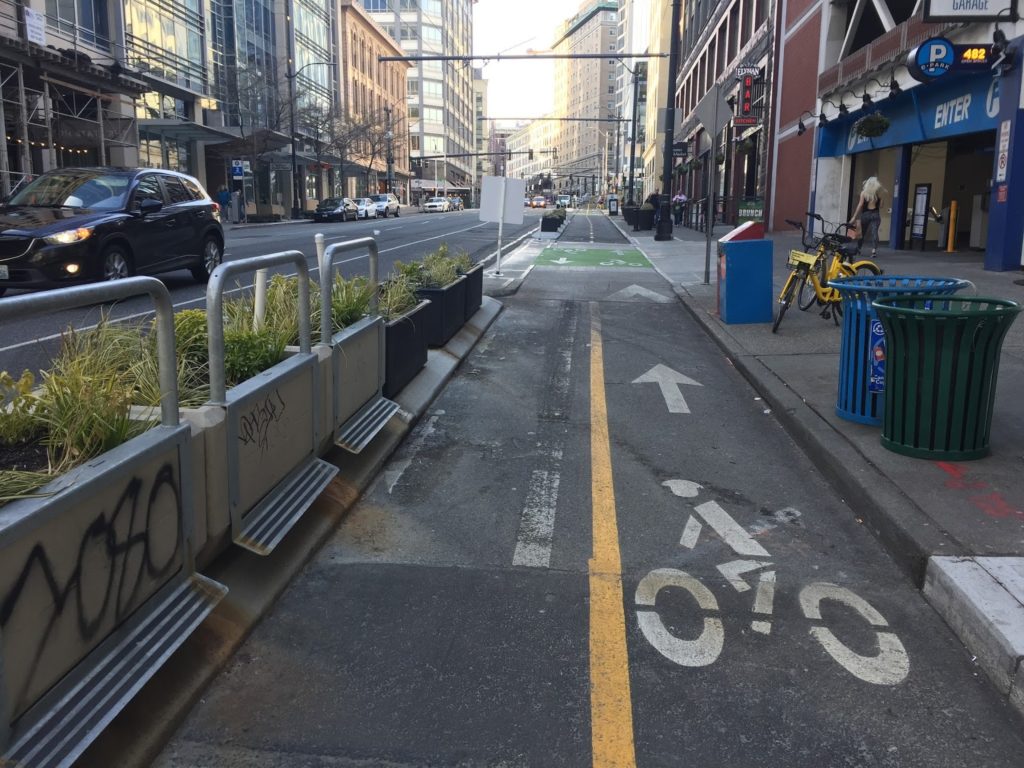Every so often, you wonder what goes through the minds of people who don’t want to build more housing where there’s high demand. (Which works. The market works.) In Cambridge, there is a contingent of people who live near Fresh Pond and don’t want to build more housing because there’s been too much development there already (or something). They’ll trot out all the tired canards: climate change (the solution to which is obviously to make people live further away from jobs and transit), traffic (the solution to which is obviously to make people live further away from jobs and transit), impact to natural resources (even if the housing is being built on brownfield sites which haven’t been wetlands for decades or centuries) and the like. Does it make sense? No, of course not!
(Unless, of course, you bought your house 30 years ago for a song and have seen it appreciate it to the point that you’re blinded to the housing cost and availability crisis around you. And you remember the days when Cambridge had 20% fewer residents and traffic wasn’t so bad and the Red Line wasn’t full. You can’t have both: your home value has appreciated because of the increase in traffic, not in spite of it.)
Has Cambridge done its part? Hardly. The city has an arduous process to permit new development, and while more housing has been in the pipeline in recent years, it’s not nearly enough. It is true that Cambridge does more than many of our more suburban neighbors. But that shouldn’t be an excuse to sit back and wait for someone else to build the housing our region needs.
Yet here we are, with several hundred residents in the Fresh Pond area signing a petition for a “pause” for housing development. It’s an absurd stance, to paraphrase: a complete and total shutdown of housing development until we can figure out what’s going on. Their arguments are just as specious as as the the premise, and today this page will analyze their latest opinion piece and poke the holes necessary to ensure that well-informed discourse takes place, not discourse where one of the parties uses scare tactics to poison the dialogue.
Original in indented italics. My comments in plain text:
There’s a new housing construction clash in Cambridge, this time over a letter signed by more than 600 people hoping to push the pause button on decades of virtually unrestrained development.
That’s their opening. “Virtually unrestrained development.” In a city where you have to spend 45 minutes in front of a zoning board (and certainly hours of preparation) to add a second dwelling unit to a house which was built as a two-family household when it was originally built. For something which won’t really affect anyone. These are the same people who rail against protected bike lanes because it affects their parking space: when you don’t get what you want through the public process, demand the public process is shut down. Doesn’t work that way, nor should it. But please, go on.
 |
| Ah, yes, from the days when Alewife had genuine community. |
It led to the submission of a zoning petition to be taken up by the City Council next week, demanding that the council weigh in on an essential question: What kind of communities shall be shaped by new housing, affordable and not? In a cash- and resource-rich city, why should we continue to allow the process be driven by developers focused on short-term profit rather than by urban planners and city officials focused on building genuine communities?
I’m confused. Is there something less genuine about people who move in to new apartment buildings? Most of the development in the Alewife area is taking the place of things like old industrial buildings or dilapidated night clubs. And the city may be cash-rich, but it doesn’t have the resources to build new housing. Instead, the way it works is that the private sector builds new housing, and then the owners pay taxes on it. What a novel concept!
To help understand why we need more attention on city- and citizen-directed planning rather than mostly out-of-town developers of luxury rentals,
This is what we have! Who do you think sits on the planning board, and the other boards which support it? Who votes? This is a false comparison, conflating “city- and citizen-directed planning” with “out-of-town developers.” But those operate together! City-directed planning is the process through which out-of-town developers of luxury rentals (and really, of anything) create housing. It’s not as if out-of-town developers run the process.
one need only approach the town from the west and consider the so-called communities that have taken shape with the current “anything goes” approach.
Define “anything goes.” While you may not love every piece of the development in the Alewife corridor, every project goes through a thorough zoning process. And it turns out that if you build enough luxury rentals, the overall cost of housing will come down.
By car from Belmont and Arlington on Route 2,
Apparently, the best way to understand Cambridge is from a highway.
one’s gaze is first drawn to the right, where virtually uncontrolled development sprawls across the Alewife wetland, suggesting “No Vision” vs. “Envision” Cambridge.
 |
| Areas in yellow are impervious surfaces today. Red are buildings. A few new parking lots near the right-most buildings aren’t shown. But those parking lots are now parks! |
What about this development is “virtually uncontrolled”? If you look at the area south of Route 2, the majority is protected wetlands. It’s not virtually uncontrolled. It’s actually quite controlled! Here’s where the revisionist history comes in: there’s actually significantly less development there now than there was 50 years ago. In 1969, much of what is now the Alewife Brook Reservation was a series of parking lots, which have since been removed, remediated and turned in to a park. So, removing a parking lot and turning it in to a park is “no vision”? If that’s the case, what should we envision instead? We have six acres of new parkland in the Alewife thanks to the lack of vision of the planners there. If that’s what we’re fighting against, I’d hate to think what we’re fighting for.
Rounding the corner, one passes dilapidated, “brutalist” Alewife T architecture – untouched by enhancements or landscaping since its creation 30 years ago.
The Alewife station is brutalist (although relatively functional, and could work better with, say, bus lanes in and out), and it is dilapidated, but it is certainly not the fault of the City of Cambridge, or that we’ve built too much housing.
One wonders about the asbestos-contaminated brownfield lurking behind the chain-link fence around Jerry’s Pond, across from the Rindge Towers and Jefferson Park, the largest concentration of affordable housing in the city. More than a half-century has passed since the contaminants were left there by W.R. Grace.
In addition to having nothing to do with this housing “pause”, this is kind of a chicken and egg problem. The public housing was built there probably because the nearby land uses made the land undesirable for other housing (and when the housing was built in the 1960s, there wasn’t the kind of market pressure which would today turn a clay pit in to housing without governmental intervention).
Though a process with community input concluded the safest approach at the time was containment, one cannot help wondering if such corporate neglect would have been permitted in a more affluent neighborhood.
But now I’m even more confused. There was a community process, which is supposed to be good, but here you don’t like the outcome, so it’s a corporation’s fault. If a corporation develops housing, it’s bad. But if a corporation neglects an area, it’s also bad. “We can’t win, don’t build any housing!” Finally, such neglect probably wouldn’t have occurred in an affluent neighborhood, but the case is that an affluent neighborhood probably wouldn’t have had such land uses next to it in the first place. (In other words: there’s no quarry in the midst of Observatory Hill.) This is not an excuse for not cleaning up Jerry’s Pond (for which there are new plans to remediate and clean), but also not a reason to stop building housing in the region. This whole paragraph is pablum. We can walk and chew gum at the same time. We can clean Jerry’s Pond and build more housing: in fact, the new city revenue from the new housing may allow us more funding for laudable projects like the Jerry’s Pond clean up.
Stopped at the Alewife light with a head swivel to the right, one’s gaze is drawn into “The Triangle,” a dead-end neighborhood without a name that presents like a Chinese flash city and corporate annuity for institutional investors.
I mean, some of us call it Cambridgepark Drive. Is not having a name really that much of a sin? Also, this neighborhood has been developed over 30 years (it had a planning process at least as far back as 1979!), adjacent to the Alewife T station. It’s not perfect transit oriented development (there’s way too much parking) and, yes, it has corporate owners (not sure what the China hang-up is). Also, those corporate investors pay two-thirds of the city’s property taxes. So that’s something.
It offers egress,
Not sure what “egress” means here, since it’s a dead end, right?
impenetrable traffic jams during rush hours and virtually no amenities to suggest community.
Okay, yeah, it offers impenetrable traffic jams. So, let’s do something about that. Lots of that traffic is coming from the west trying to get in to Alewife. Why? People can’t afford to live in Cambridge! There are buses, and they’re full, but they’re no faster than the traffic they sit in. Bus lanes—which would be feasible if we put on our thinking caps—could attract a lot of these drivers if they provided a faster trip than driving. And amenities, you know how you get amenities? Build more housing! Amenities don’t spring up unless there are people to use them. More people = more amenities. (Setting aside the connection to two bike paths, many walking paths and a 10 minute walk to the Whole Foods and Trader Joes across the tracks may actually count as amenities.)
Finally, up and over the railroad bridge to the south it is hard not to wonder about the dead trees, never-cleaned sidewalk grime, permanently graffiti-ridden “Alewife Parkway” plaque
Yes, the Alewife Brook Parkway bridge is a mess. It was built long-enough ago it wasn’t built with sidewalks nearly wide enough. It is also a state-owned property, so beyond the purview of the city. But let’s stop building housing anyway. Of course, we could build a new bridge. How do we do that? Well, it would certainly help if we had a developer build the bridge integrated with a new development.
and a mall owner and city lacking initiative to create safe and aesthetic pedestrian passage to shopping, Danehy Park and West Cambridge. Pedestrians are instead obliged to navigate a sea of traffic and parked cars.
And, yes, the city could probably do a better job of traffic management in the Alewife area, by incentivizing bicycling, walking and transit use. And the mall owner, which built the mall in the ’70s, could have built a better mall then. But it’s not a reason to not build more housing, in fact, it is a reason to build more. More local housing will mean more customers arriving by foot, giving the owner and incentive to build a more reasonable pedestrian environment to accommodate these customers, or risk losing them.
Desperately needed affordable housing should be built, but not through abandoning good planning. It should exist within the context of a city vision – one that ensures the evolution of livable communities with access to green spaces, public transit, schools, meeting areas, shopping – and safe, sensible pathways connecting our neighborhoods.
Let’s see what the Alewife area has:
√ green space, much of which has recently been reclaimed
√ public transit
√ schools (nearby and accessible by pathways, and an easy Red Line trip to CRLS for older kids)
– meeting areas should be integrated in to new development
√ shopping across the bridge
√ safe pathways, although more are needed
Aspects of these are evident, but for such vision to take better shape, a brief pause on development is needed so we can access the nearly complete recommendations of our city-paid planning consultants. Let’s leave behind an era of disconnected, developer-driven Triangles in favor of one led by our own world-class planners, city leaders and citizens.
This doesn’t make sense! What are the benefits of this “pause”? What will be done better, or differently, if we have this pause? How long do you propose this pause? Why not call it what it is: a moratorium? What in this entire article gives you an argument for a pause? And what’s so disconnected about Alewife, anyway? It sits on the Red Line. It has good walk/bike paths leading to green space, and to Davis Square, Belmont and Arlington (and Lexington and Bedford and beyond). It has sidewalks to the mall, which could be improved, but are an argument for building more housing, not against it! The disconnnectedness of Cambridgepark Drive has nothing to do with housing development, and can be mitigated without any sort of housing moratorium.
Much of what has been built has been built over the course of three decades (Alewife didn’t exactly open yesterday). Projects like these have plenty of vetting through various city boards and committees: if you don’t believe me, go to a bicycle committee meeting where the committee vets every large project to make sure it complies with the city’s bicycle ordinance, and this was a couple of pages in otherwise thick permitting documents. We have a great staff at the city and a lot of interested citizens. If you are interested in improving the built environment the best thing you can do is to get involved. But the city’s goal should be to permit as much housing as it can, not to stop development in its tracks. Doing so, and ensuring that the housing crisis is exacerbated, is about the worst thing you can do.





